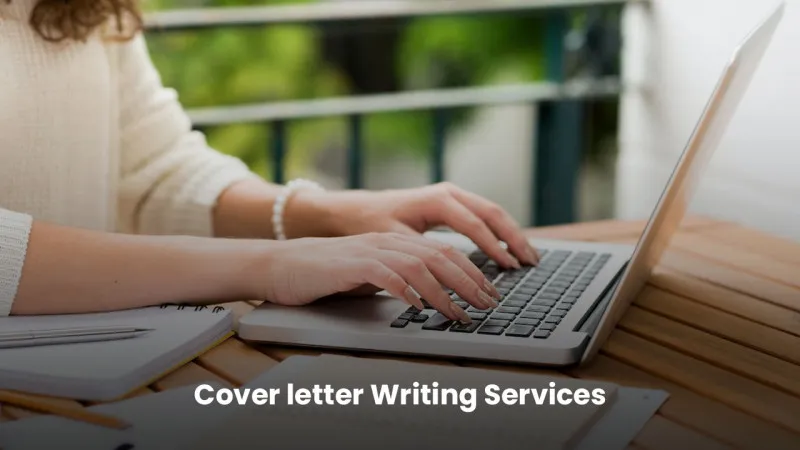Why Cover Letters Still Matter
In the digital age, where resumes often take center stage, the importance of a well-crafted cover letter is sometimes underestimated. However, a cover letter remains a crucial component of your job application package. It provides an opportunity to go beyond the bullet points of your resume and demonstrate your personality, passion, and genuine interest in the role and the company. It allows you to tell a story, connecting your skills and experience to the specific requirements of the job description. Moreover, a cover letter showcases your written communication skills, which are essential in most professional settings. Neglecting this aspect can be a missed opportunity to make a strong first impression and set yourself apart from other candidates. A cover letter is your chance to sell yourself and make the hiring manager want to know more about you.
Cover Letter Secrets: Tailoring Your Letter
One of the biggest secrets to writing a successful cover letter is tailoring it to each specific job application. Generic, one-size-fits-all cover letters are easily spotted by hiring managers and often end up in the rejection pile. Customization shows that you’ve taken the time to understand the role and the company. Begin by carefully reading the job description and identifying the key skills, qualifications, and experiences the employer is looking for. Then, in your cover letter, directly address these requirements. Provide specific examples from your background that demonstrate how you meet these criteria. Research the company, its values, and its recent activities to show that you understand its mission and how you can contribute. The more personalized your letter, the more likely it is to resonate with the reader and highlight your genuine interest.
Highlighting Your Skills
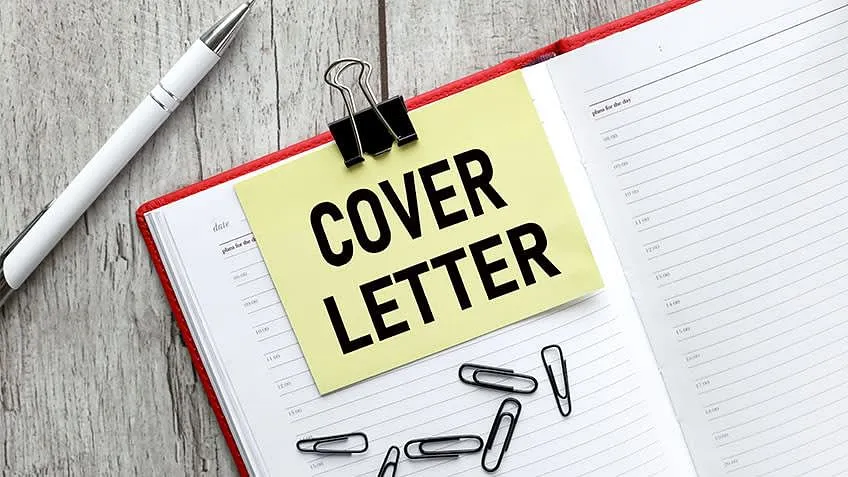
Effectively highlighting your skills is a core component of a compelling cover letter. Don’t just list your skills; provide context and show how you’ve used them to achieve results. For instance, if the job requires project management skills, instead of simply stating that you possess them, describe a specific project where you successfully managed resources, met deadlines, and overcame challenges. Quantify your achievements whenever possible. Instead of saying ‘Managed social media accounts,’ state ‘Increased social media engagement by 30% in six months.’ This level of detail gives hiring managers a clear picture of your capabilities and the value you can bring to their organization. Use action verbs to describe your accomplishments, making your statements dynamic and engaging. Remember, your cover letter is a marketing tool; it’s your chance to sell yourself and demonstrate why you’re the perfect fit for the job.
Showcasing Your Achievements
Showcasing your achievements is about more than just listing responsibilities; it’s about demonstrating the impact you’ve made in previous roles. Use the STAR method (Situation, Task, Action, Result) to structure your examples. Describe the situation you were in, the task you needed to accomplish, the actions you took, and the positive results you achieved. For example, if you improved customer satisfaction, explain the steps you took to do so, such as implementing a new feedback system, and then quantify the improvement, such as a 15% increase in satisfaction scores. Focusing on achievements proves your capabilities and also provides tangible evidence of your ability to deliver results. Use data and metrics to make your accomplishments more compelling and show the value you bring to the table. Remember, employers are interested in what you can do for them, and highlighting your past successes is one of the most effective ways to demonstrate your potential.
Cover Letter Secrets: Formatting for Impact
Formatting your cover letter correctly is another secret to making a positive impression. A well-formatted letter is easy to read, professional, and visually appealing. Choose a clear, readable font, such as Arial, Times New Roman, or Calibri, and use a font size between 10 and 12 points. Use consistent spacing and margins to create a balanced look. Keep your letter concise, typically one page, and use short paragraphs to break up the text and make it more digestible. Use bullet points when appropriate, but don’t overuse them; a cover letter should read more like a narrative. Ensure your letter is free of any typos or grammatical errors, as these can undermine your credibility. The layout should be clean, with adequate white space to avoid overwhelming the reader. Remember, the overall presentation of your cover letter reflects your attention to detail and professionalism.
Choosing the Right Font and Layout
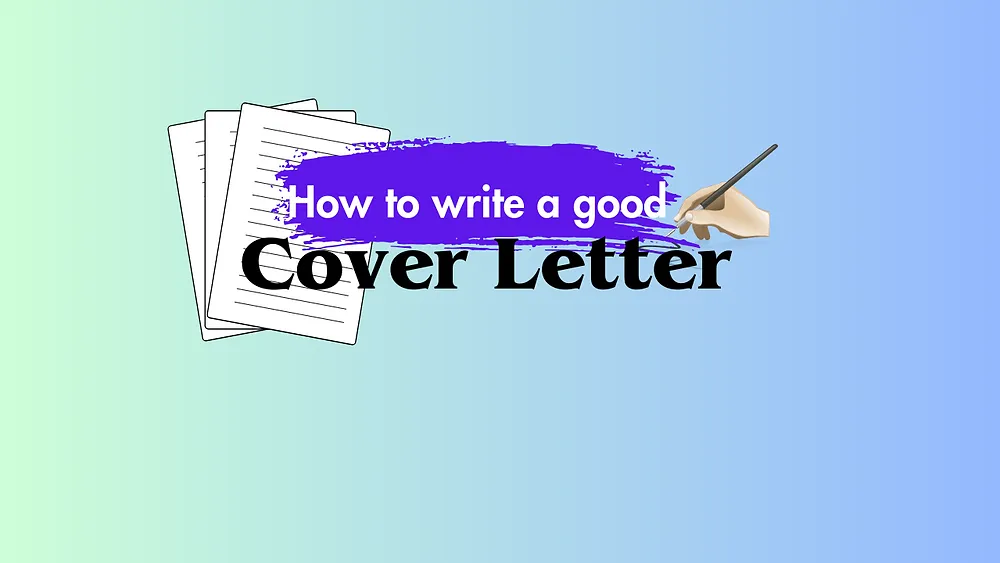
The choice of font and layout plays a significant role in the overall impact of your cover letter. Select a font that is both professional and easy to read. Avoid overly fancy or decorative fonts, as they can detract from the content. Arial and Calibri are safe, widely-accepted choices. Times New Roman is also acceptable, but make sure it’s a readable size. When it comes to layout, aim for a balanced and uncluttered design. Use 1-inch margins on all sides and single-space the text with a blank line between paragraphs. Left-align your text, as it’s the most common and readable format. Ensure your name, address, and contact information are at the top, followed by the date, the hiring manager’s name (if you know it), and the company’s address. A well-chosen font and layout convey professionalism and make it easier for the hiring manager to focus on your qualifications and experience.
Cover Letter Secrets: The Opening Statement
The opening statement of your cover letter is critical because it’s your first chance to grab the reader’s attention. Avoid generic openings such as ‘I am writing to apply for…’ Instead, craft a compelling hook that immediately highlights your enthusiasm for the role and the company. Briefly mention where you saw the job posting and why it caught your interest. Clearly state the specific position you are applying for. If you have a connection to the company or the industry, mention it here. Your opening statement should be concise and make the hiring manager want to read the rest of your letter. This is your chance to make a strong first impression and set the tone for the rest of your application. The best opening statements reflect your understanding of the role and the company’s needs and connect your skills and experience to those requirements.
Creating a Compelling First Impression
Creating a compelling first impression is essential in securing your cover letter’s success. Your opening paragraph is the key to capturing the hiring manager’s interest from the start. It should quickly and clearly state the position you are applying for, the source of the job posting, and why you are excited about the opportunity. Immediately connect your skills and experience to the job’s requirements, showing how you can add value to the company. If possible, briefly mention something specific about the company that resonates with you, demonstrating that you’ve done your research. The goal is to make the hiring manager want to read the rest of your letter. This initial paragraph is your chance to make a lasting impression and stand out from the competition. A compelling opening sets the stage for the rest of your letter and increases the chances of your application moving forward.
Cover Letter Secrets: The Body Paragraphs
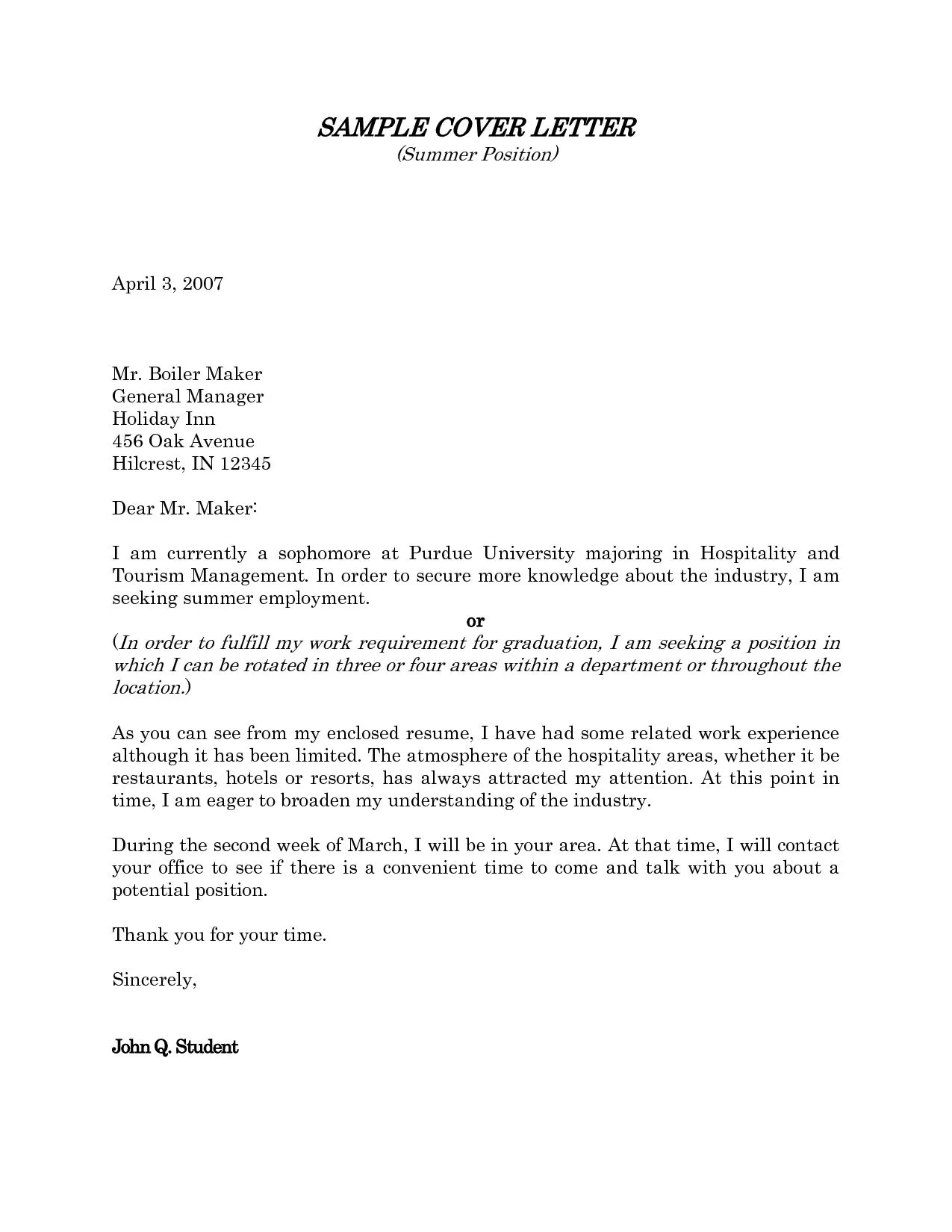
The body paragraphs of your cover letter are where you elaborate on your skills, experience, and achievements. Use these paragraphs to provide more details than you could fit into your resume. Focus on the key requirements of the job and provide specific examples of how you have met those requirements in the past. Use the STAR method (Situation, Task, Action, Result) to structure your examples, making them clear and impactful. Quantify your accomplishments whenever possible; for example, state the percentage by which you increased sales, the number of customers you assisted, or the amount of money you saved the company. Show how your skills and experiences align with the job description and how you can contribute to the company’s success. Remember to tailor each body paragraph to the specific job you are applying for, highlighting the most relevant information. These paragraphs should be well-organized, engaging, and persuasive, effectively presenting your qualifications.
Cover Letter Secrets: The Closing Section
The closing section of your cover letter should leave a lasting positive impression. Restate your interest in the position and the company and summarize why you are a good fit. Express your enthusiasm for the opportunity and reiterate your key qualifications. Include a call to action, such as ‘I am eager to discuss how my skills can benefit your team’ or ‘I look forward to the opportunity to speak with you further.’ Thank the hiring manager for their time and consideration. Keep the closing concise and professional, and avoid clichés. The closing should be confident and leave the reader with a clear understanding of your value proposition. A strong closing reinforces your key selling points and increases your chances of getting the interview. This final paragraph is your last opportunity to make an impact, so make it count.
Proofreading and Editing Your Cover Letter
Proofreading and editing your cover letter is an absolute must. Even minor errors can damage your credibility and give the impression that you lack attention to detail. Before you submit your cover letter, carefully review it for any typos, grammatical errors, and punctuation mistakes. Read it aloud to catch any awkward phrasing or sentences that don’t flow smoothly. Use a spell-checker and grammar-checker, but don’t rely on them completely, as they may miss errors. It is also helpful to have someone else review your cover letter. A fresh pair of eyes can often catch mistakes you might have missed. Ensure that all the information is accurate, including the hiring manager’s name, the company’s address, and the job title. Proofreading and editing are critical steps that can significantly improve the quality and impact of your cover letter and increase your chances of getting an interview.
Cover Letter Checklist for Success
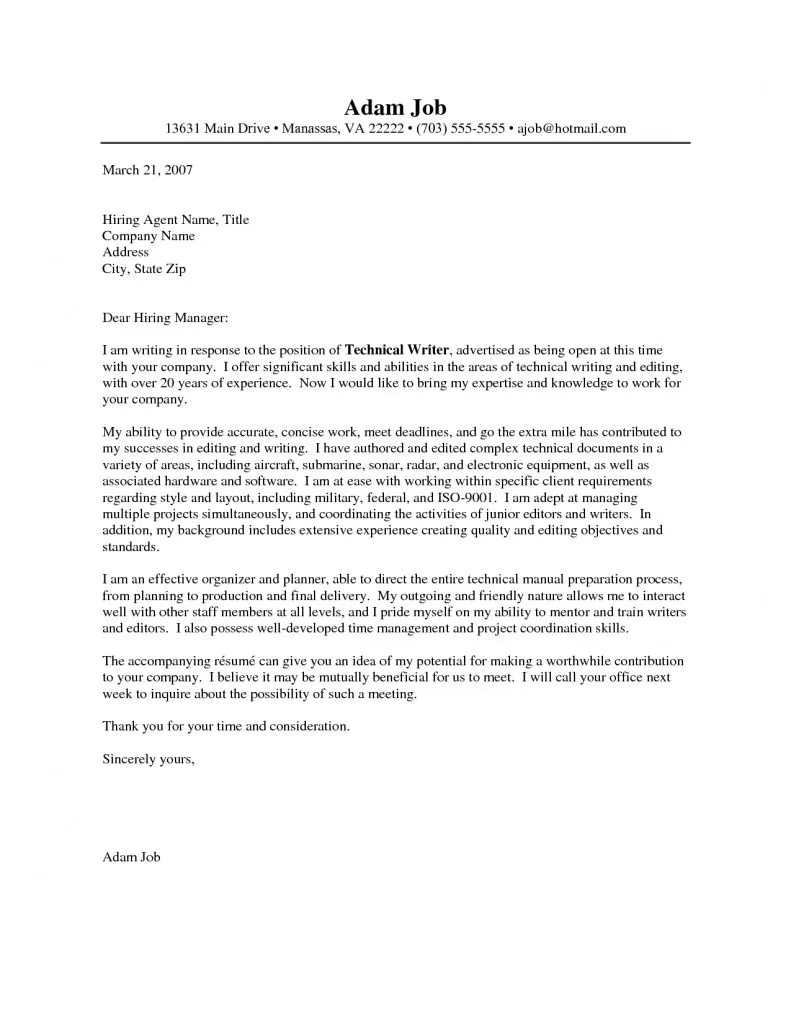
Creating a cover letter that stands out from the competition involves a meticulous approach. To assist you in this, use the following checklist before submitting your cover letter. Verify that it is customized to the specific job and company. Ensure your opening paragraph immediately grabs attention and states your purpose. Clearly highlight your relevant skills and achievements, quantifying them whenever possible. Use a professional and easy-to-read format. Proofread for any errors in grammar, spelling, and punctuation. Include a strong call to action and express enthusiasm for the opportunity. Remember to tailor your cover letter to reflect the company’s culture. Always double-check the contact information for accuracy. By following this checklist, you can create a cover letter that makes a lasting impression and significantly increases your chances of landing an interview.
Review Your Cover Letter for Errors
Thoroughly reviewing your cover letter for errors is the final, critical step before submitting your application. Errors, no matter how small, can reflect negatively on your attention to detail and professionalism. Start by checking for simple typos and grammatical errors. Then, review the content, ensuring your statements are clear, concise, and relevant to the job. Make sure your tone is appropriate for the role and the company culture. Verify that the formatting is consistent and visually appealing. Double-check all contact information and the hiring manager’s name and title. Consider having a friend, family member, or career advisor review your cover letter for feedback. By taking the time to review your cover letter carefully, you increase the chances of making a positive impression and showcasing your qualifications to the fullest extent possible. This is your last chance to ensure your application is polished and ready for success.
